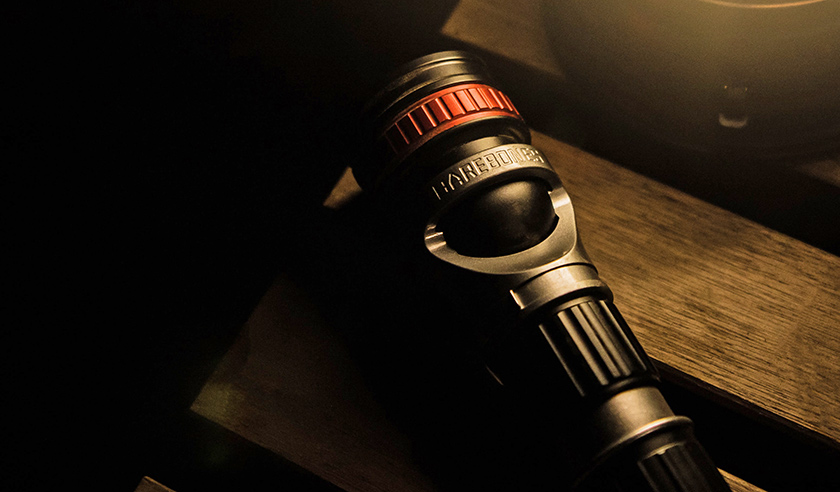Whether you cycle to and from work every day, escape up a mountain for your annual holiday, or just enjoy a weekend jaunt with the family, knowing how to maintain your bicycle, fix minor problems and carry out a rudimentary service are skills worth developing. Of course, unless you are a cycle mechanic, nothing will replace a professional service, but our quick guide will help you to cover all the basics.
How often should you service your cycle?
It is recommended that ‘regular’ users, e.g. daily commuters, have their cycles serviced six-monthly, with ‘light users’ carrying out an annual service. Obviously, the more you ride your cycle, the more frequently it should be serviced. This is especially true if you cycle through mud and rain, or sand and dirt. Also, if it is a while since you have ridden your cycle, (perhaps it has been in storage over the winter) you should have it serviced, as deterioration can occur while being stored.
Useful tools to have
Torque wrench – it is easy to damage the carbon components of your cycle (handlebars, stem, saddle etc.) by over-tightening a bolt on one of them. A torque wrench will allow you to achieve the recommended maximum tightening levels.
Chain lubricant – do not underestimate the importance of lubricating the chain on your cycle for extending the life of the drivetrain. Lubricant comes in two forms; wet lubricant is for riding in wet conditions as it is less likely to wash off in the rain. Conversely, dry lubricant is for dry environment cycling as dirt and grit sticks less to it.
Grease – used on parts in a fixed state (ball bearings, cables), an application of grease will reduce friction and therefore reduce the chance of those parts seizing in place.
Allen keys – all bicycles are built with bolts that feature allen key heads so a set of keys in various sizes 4mm to 8mm will be useful.
Chain cleaner – using a chain cleaner once a month will ensure the cycle shifts and accelerates efficiently, which in turn will help to extend the life of the chain.
Clean cloths/brushes – rags are ideal to use when washing your cycle but avoid new fabric as something that is older and has been washed will be better. A set of brushes will get into places a cloth will not e.g. between the links of the chain and in between brake calipers.
Bike wash/cleaner - while diluted washing up liquid will clean your cycle; a commercial bike wash cleaner will be more thorough and will make cleaning your cycle much easier and quicker.
Pedal spanner – a pedal spanner is designed with a slimmer profile than a regular spanner for increased accessibility regardless of pedal position. The long handle gives increased leverage for removing seized and stubborn pedals.
Before every ride, you should routinely check that your tyres are correctly inflated, your brakes work properly and engage smoothly and that your chain is sufficiently lubricated. In addition to this, depending on how often your cycle is used, you should establish a regular maintenance routine.
How to carry out a basic service on your bicycle
Frame – be methodical and start with the head tube at the front, working your way around the frame, section by section. It makes sense to clean and degrease each section as you go, examining it closely for any scratches, cracks or dents.
Clean - once you are satisfied that you have checked the entire frame thoroughly, it’s time to deep clean the cycle, particularly if you have ridden in wet or muddy conditions – dirt in your gears will cause scratching and damage, leading to poor performance. Keeping your cycle upright remove loose dirt by rinsing before using a cleaning agent with a sponge and warm water on more stubborn dirt. Clean the drivetrain and wheels, paying attention to the cassette and brake track. Rinse the bike with clean water and dry with a clean rag before lubricating the chain.
Wheels – check wheel spokes to make sure they are correctly tensioned, replacing any that are not. Check the wheel is ‘true’ by spinning it freely – there should be no side-to-side movement of the wheel when you do this. Quick release skewers should be tight and in good working order, with the hubs spinning smoothly. Check the bearings for wear and damage, wiping down to remove any dirt. The bearings are a sealed unit so you should avoid degreasing them or spraying them with cleaning agents, which could remove any lubricant inside the casing.
Bolts - make sure all bolts are tightened correctly, being observant of any torque settings and avoiding over-tightening. It is particularly important to ensure the headset, handlebars and stem are tightened regularly – a loose headset will create a knocking noise when braking and, if too tight, the handlebars will not move freely, damaging bearings.
Brakes/brake cables – Lift each wheel off the ground in turn and apply the brake. Effective brakes will lock immediately. Check the brake pads are in contact with the rim simultaneously on either side and that they are wearing evenly. Check brake cables are correctly tensioned and that brake levers are not ‘sticky’.
Gears – the derailleur is the mechanism that moves the cycle chain from one sprocket to another so you should check that this is not misaligned and be a possible hazard. When the front derailleur is correctly adjusted, the chain will not rub against the mechanism, and when the rear is correctly aligned, you will have accurate and reliable gear shifts.
Drivetrain – the drivetrain of your bike is made up of key components including the pedals, cranks, chain, cassette and derailleur and particular care and attention must be paid to this throughout the year. Check the chain, either with a chain checker or by lifting it away from the chainring manually and counting how many teeth are exposed. Three or four would suggest excessive wear and you should replace the chain. Once you have cleaned and de-greased the drive train, rinse and dry well before adding lubricant to the chain.
Cycle maintenance and servicing is a big topic and this article focuses on the basics of cycle maintenance only. A professional service by a bike mechanic is always recommended for annual tune ups and for care of components such as bearing surfaces, derailleurs and spokes. However, for all your basic cycle maintenance requirements, our online cycling department has everything you need.























